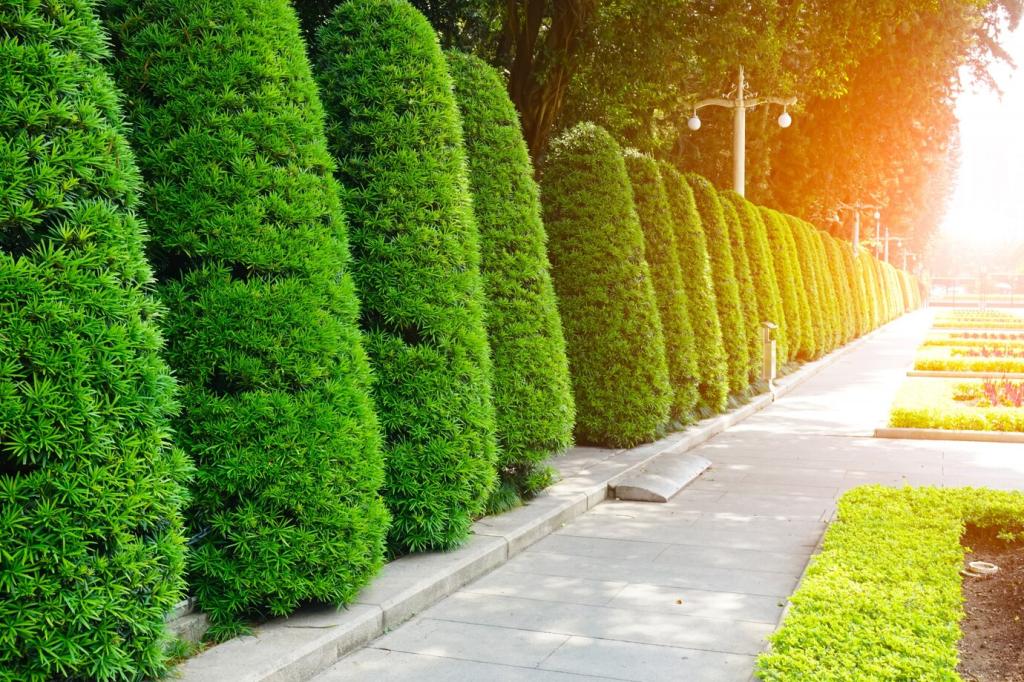
Designing Landscapes That Lock Away Carbon
Chosen theme: Carbon Sequestration in Landscape Design. Welcome to a greener blueprint for places we love—yards, campuses, streets, and parks—where every planting and pathway helps pull carbon from the sky. Subscribe to follow practical ideas, inspiring stories, and proven strategies you can apply this season.
Why Carbon Sequestration Belongs in Every Landscape Plan
Landscapes act as quiet climate engines, storing carbon in woody biomass and living soils. When we design intentionally—right plant, right place, right maintenance—we build lasting sinks that outlive trendy sustainability decals. Share your neighborhood examples below.
Plant Palette for High-Carbon Gardens
Choose long-lived, regionally appropriate canopy trees with dense wood and strong drought tolerance. Mix species to hedge against pests and shifting climates. Share your top three local champions and why they thrive in your microclimate.
Plant Palette for High-Carbon Gardens
Deep-rooted native grasses and shrubs pump carbon underground, building soil structure and resilience. Prioritize species with high root biomass and seasonal overlap. Post your favorite combinations for year-round cover and habitat richness.
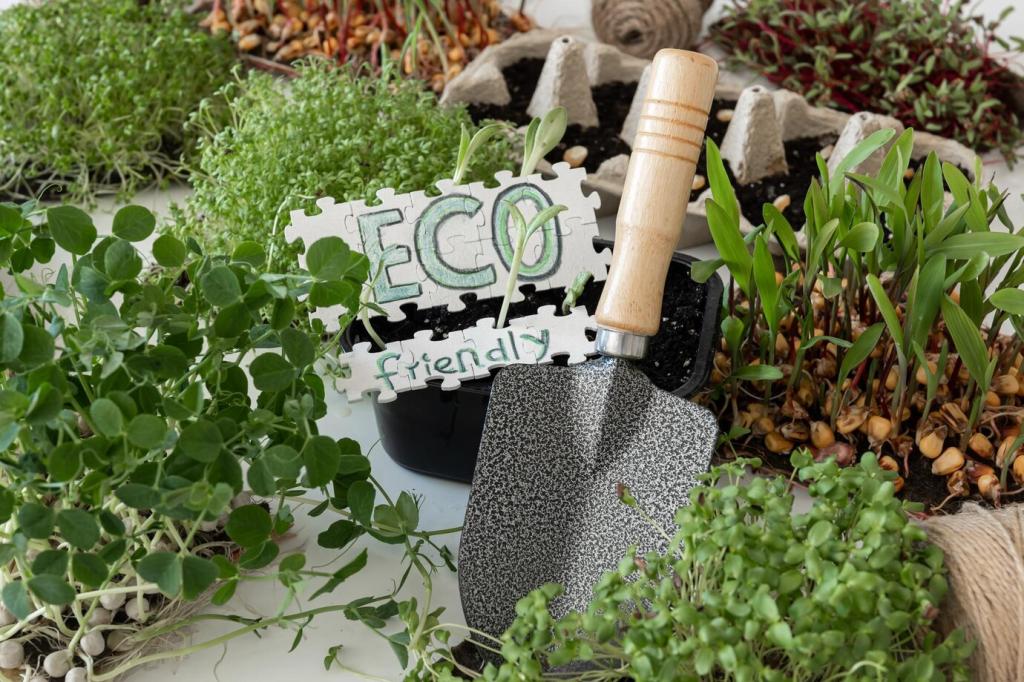

Soils as Living Carbon Banks
Apply mature compost and woody mulch to feed microbial communities that stabilize carbon as humus. Keep soils covered year-round to prevent oxidation. What’s your best mulch recipe and sourcing strategy? Share tips other readers can copy.
Blend well-charged biochar into planting beds to enhance moisture retention and microbial habitat while sequestering carbon for centuries. Start small, test, and scale thoughtfully. Drop your biochar trials and outcomes—successes, surprises, and lessons learned.
Disturb soil less to protect mycorrhizal threads that funnel carbon below ground. Use broadforks, not rototillers, and plant perennials where possible. Tell us how reduced tilling changed your soil texture, water infiltration, and plant vigor.
Carbon-Smart Layouts and Patterns
Hedgerows and windbreaks that work double duty
Dense, multi-species hedgerows slow winds, reduce evapotranspiration, and capture airborne dust while storing carbon in woody stems and roots. Share your spacing, species mix, and wildlife sightings after installation.
Alley cropping and pocket food forests
Interweave trees with beds or lawns to create narrow alleys that harvest light and carbon. In small spaces, pocket forests accelerate canopy formation. Tell us how you balanced access, shade, and maintenance in tight sites.
Green corridors that stitch cities together
Link parks, yards, and streetscapes into continuous planting corridors that move species and carbon along the same routes. What corridor could your block activate this year? Rally neighbors and map a pilot segment.
Rain gardens that sip storms, not hoses
Direct roof and pavement runoff into planted depressions with deep-rooted natives. Their roots store carbon while filtering pollutants. Share your rain garden dimensions, overflow path, and which plants handled last season’s heaviest downpour.
Swales, berms, and infiltration galleries
Earthworks slow, spread, and sink water into soils where microbes stabilize carbon. Paired with mulch, they create moist microclimates. Post a sketch of your favorite swale layout and the shade trees you paired alongside.
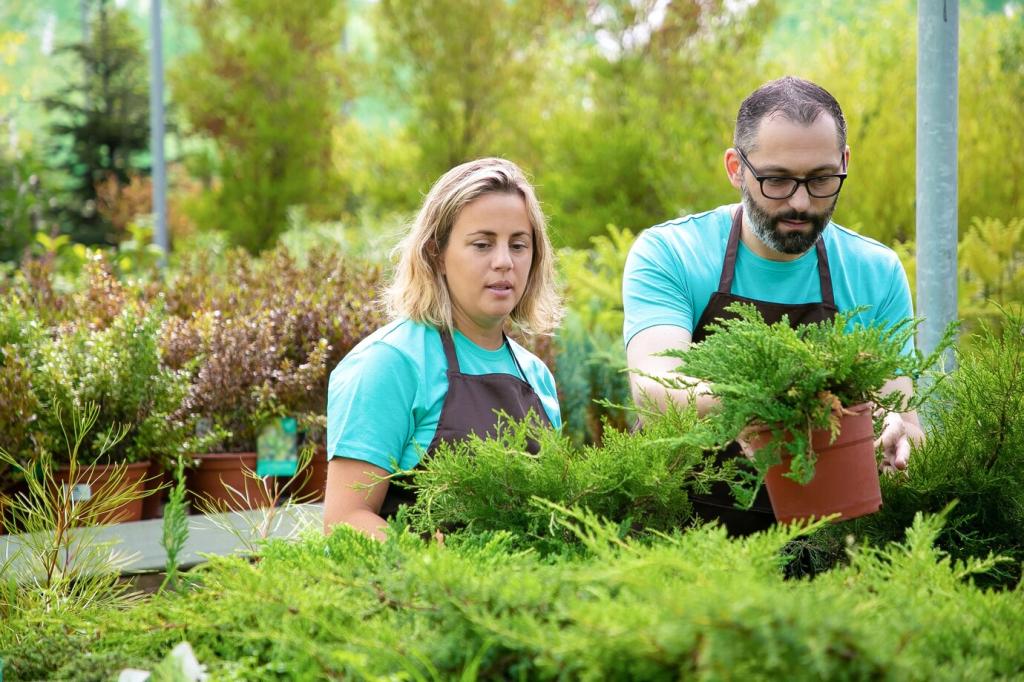
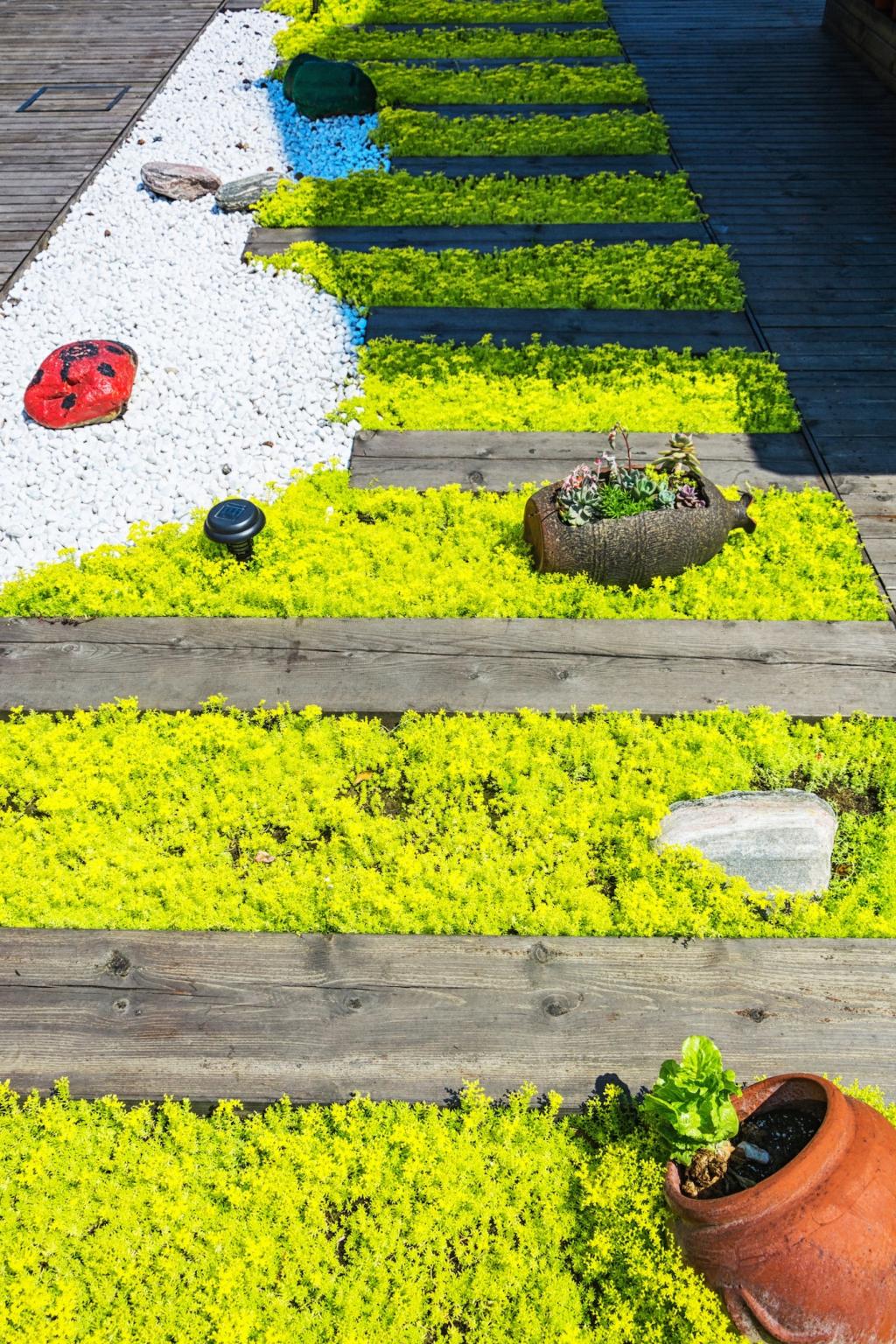
Low-Emission Maintenance That Protects Stored Carbon
Switch to battery-powered mowers, trimmers, and blowers to cut operational emissions and noise. Plan charging around solar output if possible. Share your favorite durable models and how crews adapted to the new workflow.
Low-Emission Maintenance That Protects Stored Carbon
Shred leaves into beds as mulch or compost rather than hauling them away. This returns carbon and nutrients to the soil food web. Tell us your seasonal leaf game plan and safety tips near paths.
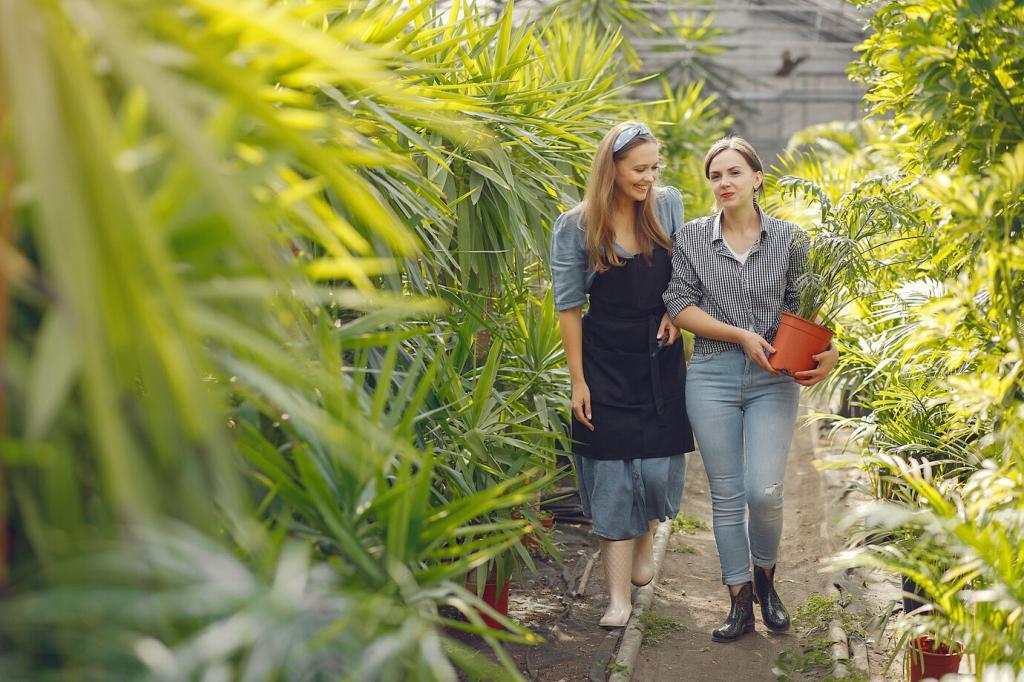
Baselines, simple metrics, and steady updates
Record starting canopy cover, species lists, and soil organic matter. Recheck annually and celebrate incremental wins. Post your baseline snapshot today, then return each season with photos and notes for fellow readers.
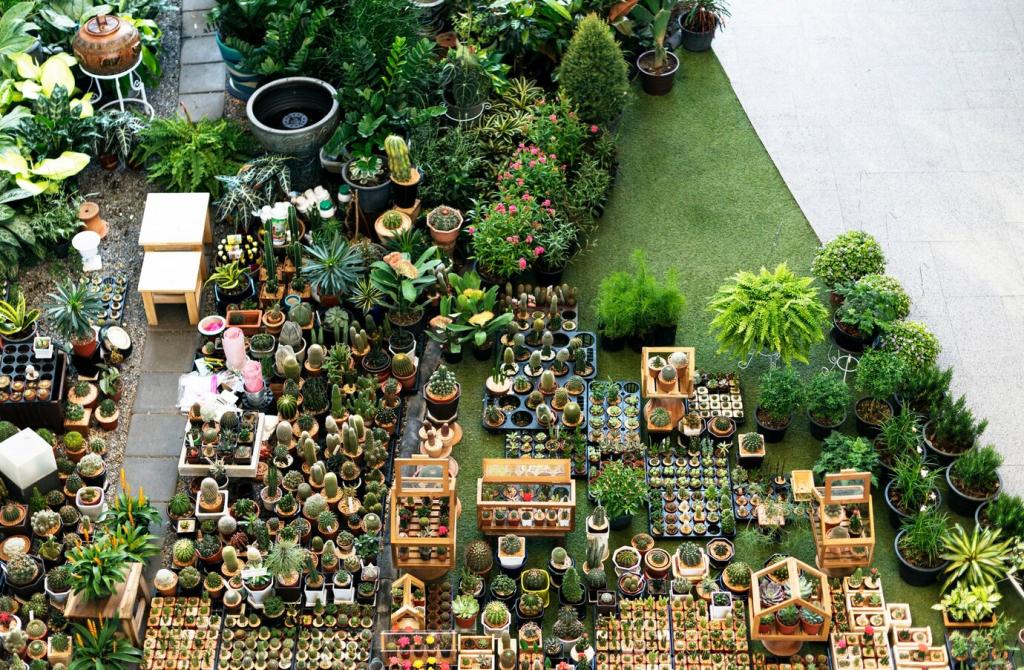
Citizen science and open tools
Use free apps to map trees, track growth, and estimate biomass. Pair observations with soil tests for richer insight. Share the tools you trust and a link to your public map so others can learn.
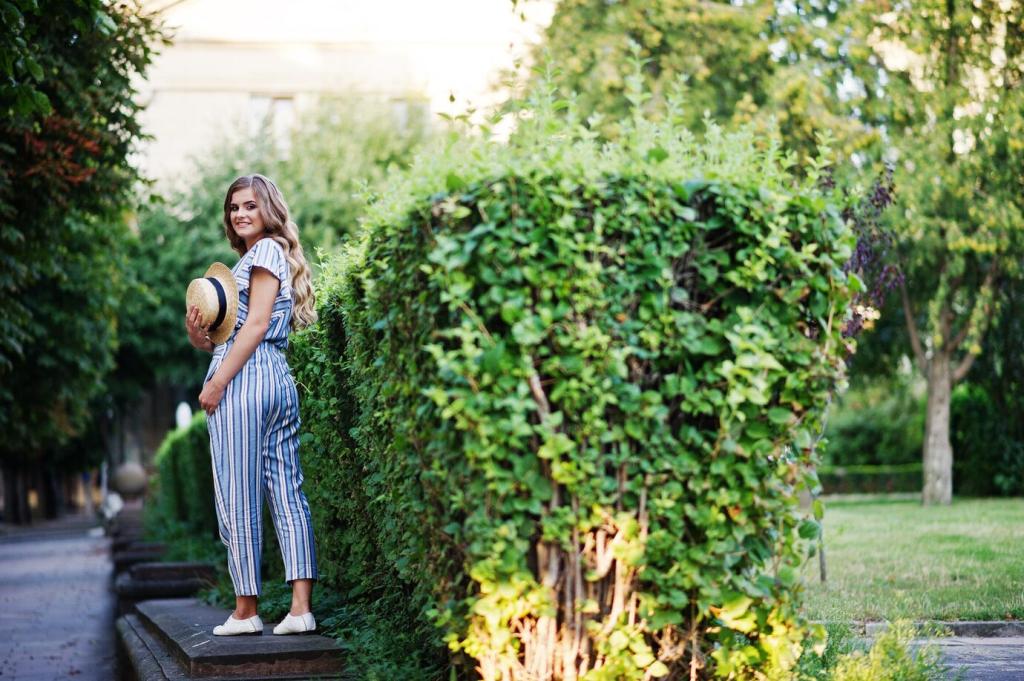
Stories that move hearts and budgets
A local school replaced a sunburned lawn with a mini-grove and saw cooler afternoons and returning birds. Stories unlock support. Tell us your favorite before-and-after, and invite a friend to subscribe.
